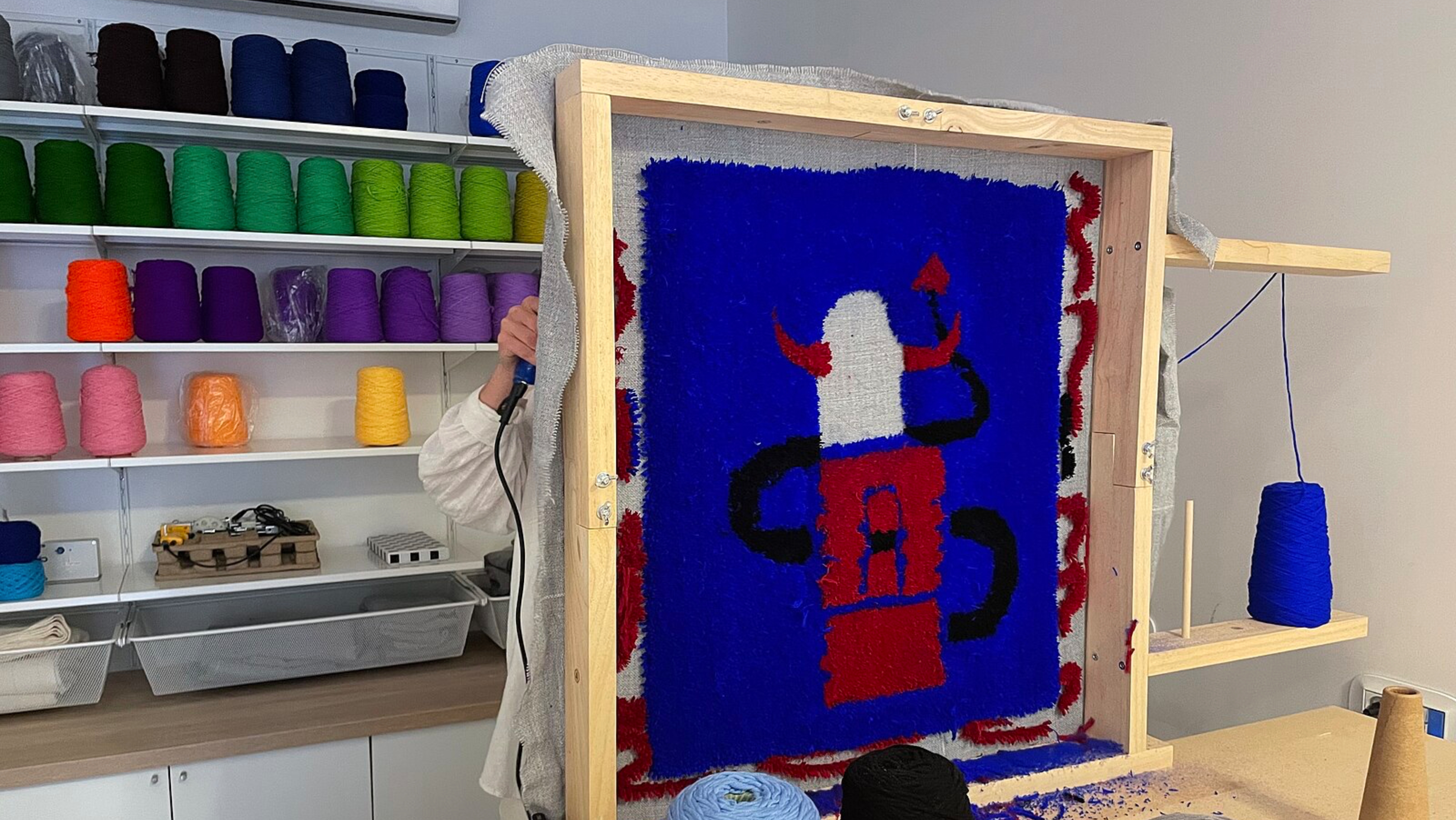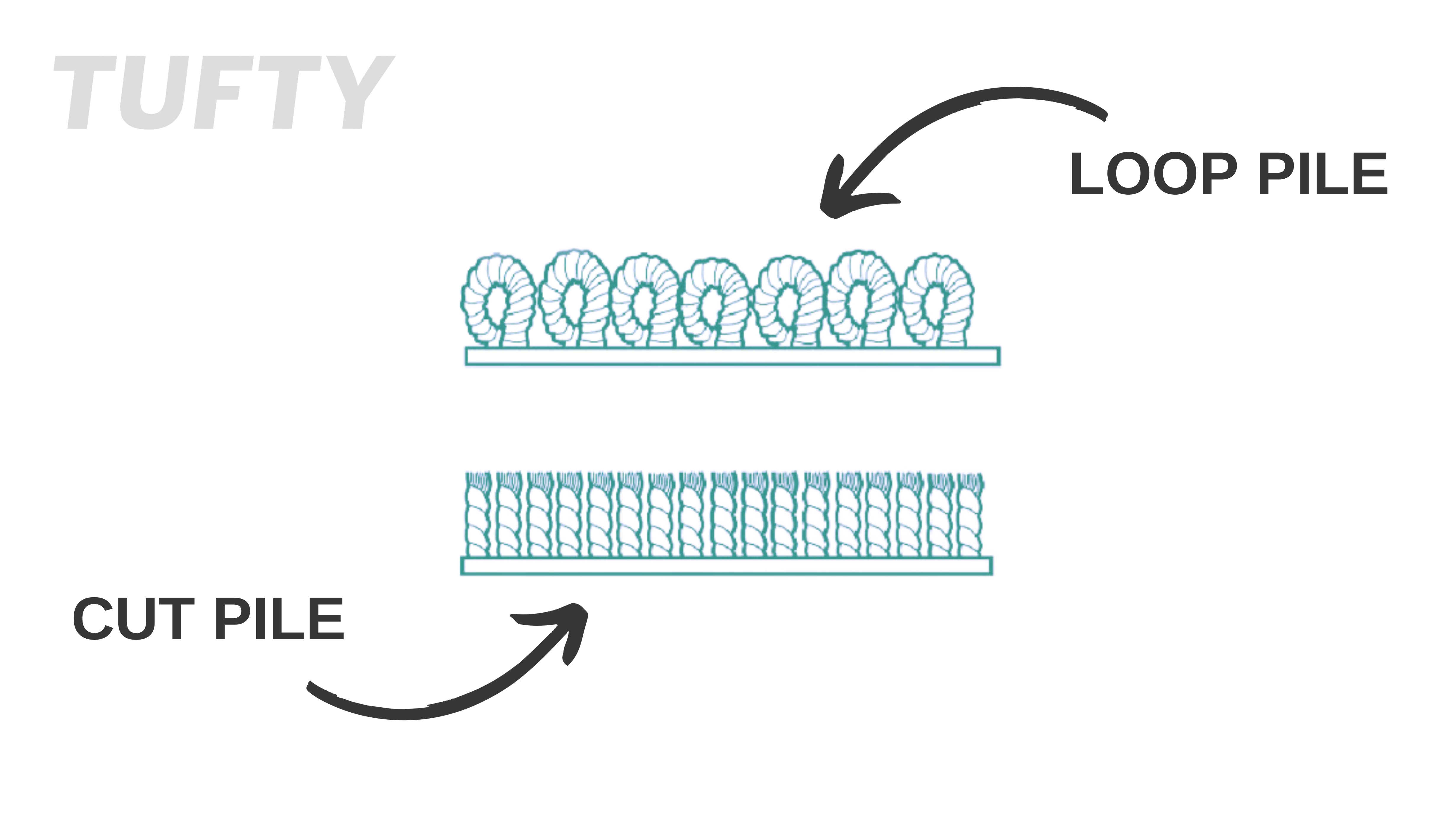When you're embarking on the exciting journey of tufting, one of the key decisions you'll face is whether to use a loop pile or a cut pile tufting gun. Both options have their unique characteristics and advantages, and making the right choice can significantly impact the style and durability of your rugs. Let's delve into the world of tufting and explore the differences between these two options.

Understanding cut pile tufting guns
Cut pile tufting guns are the go-to choice for many tufting enthusiasts. These guns create a rug with a distinct loose or hairy texture, which is commonly associated with traditional rug styles. Cut pile rugs are typically crafted from materials like polyester and wool. The process of creating a cut pile involves pushing a string through the backing cloth and then cutting it. This action results in an upright pile with exposed fiber ends. Rug tufting guns designed for cut pile rugs typically allow you to adjust the length of the string, typically ranging from 7 to 20 mm.
What is a cut pile and loop pile?
One drawback of cut pile rugs is that the pile sits loosely on the backing cloth and can be easily pulled out. To prevent this, you'll need to finish your rugs with carpet glue, ensuring that the pile adheres securely. Cut pile rugs are known for their softness and comfort, making them an excellent choice for spaces like living rooms. However, they are less suited for high-traffic areas like hallways since they are more fragile and cannot withstand heavy foot traffic. Using a cut pile tufting gun is efficient, as the string automatically cuts when you pull the trigger, expediting the rug-making process.
Exploring loop pile tufting guns
Loop pile tufting guns, on the other hand, create rugs with a different texture and structure. In loop pile rugs, the loops of the yarn are connected to each other, resulting in a tight and trackless surface. These rugs are often crafted from materials like nylon, wool, or olefin. Loop pile rugs are an excellent choice if your rug design features intricate details, as the tight loops can capture small patterns with precision. Unlike cut pile rugs, loop pile rugs do not leave visible tracks when subjected to vacuuming, walking, or rubbing.
Loop pile rugs are known for their durability and ability to withstand heavy foot traffic, making them ideal for high-traffic areas like hallways and staircases. When working with a loop pile tufting gun, you'll need to manually cut the yarn with scissors when you've completed an area, as the yarn remains connected to the tufting gun to maintain its looped structure.
Where is the loop pile used?
Loop pile carpets are a superb option for areas with heavy foot traffic, such as bustling hallways and commercial settings. They excel in retaining their aesthetic appeal over an extended period, making them the pragmatic and fashionable choice for individuals in search of a durable and chic flooring solution.

Which is better: Cut or loop pile?
The choice between loop pile and cut pile tufting guns ultimately comes down to your personal preferences and the intended use of your rugs. If you prioritize a soft and comfortable texture and don't expect heavy foot traffic, a cut pile tufting gun may be the right choice for you. On the other hand, if durability and intricate designs are essential, a loop pile tufting gun is the way to go, especially for high-traffic areas. Regardless of your decision, tufting offers a creative and rewarding outlet for your design aspirations. So, choose your tufting gun wisely, and let your artistic vision come to life through the world of tufted rugs!
PS: OUR TUFTING GUN CAN DO BOTH METHODS, CUT AND LOOP! SO IT'S UP TO YOU WHICH METHOD YOU CHOOSE.
